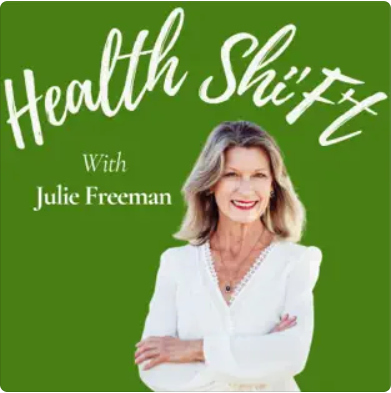Could Your Child’s Sleep Be Telling You Something Important?
Understanding Sleep-Related Breathing Disorders in Children
Sleep-related breathing disorders (SBD) in children are more common than many families realize—and they’re often overlooked or mistaken for other issues. This umbrella term includes habitual snoring, upper airway resistance syndrome (UARS), and obstructive sleep apnea (OSA). Left unaddressed, these conditions can affect growth, overall health, and day-to-day quality of life.
Warning Signs to Watch For
The signs of SBD can be subtle and may resemble unrelated childhood concerns. If you notice any of the following, consider an evaluation:
- Frequent or loud snoring
- Mouth breathing during the day or night
- Restless sleep or frequent awakenings
- Bedwetting beyond the typical age range
- Nighttime sweating or grinding of teeth
- Dark under-eye circles (“allergic shiners”)
- Difficulty waking up or morning grogginess
- Daytime hyperactivity, impulsivity, or trouble focusing
- Behavior concerns sometimes labeled as ADHD
Many parents don’t link these symptoms to nighttime breathing—but the connection is real and worth exploring.
Why Early Treatment Matters
When a child’s airway is narrowed during sleep, the brain and body receive less oxygen. Over time, this can influence multiple systems and stages of development.
- Effects on memory, attention, and cognitive development
- Learning challenges and reduced academic performance
- Interrupted release of growth hormone, leading to delayed growth
- Mood changes and emotional dysregulation
- Elevated long-term risk for cardiovascular problems
- Altered facial and jaw development from chronic mouth breathing
Addressing the root cause early can prevent complications and support healthy development.
Our Approach: Functional Orthodontics for Airway Support
At TMJ & Sleep Therapy Centre of Phoenix-East, we treat pediatric SBD by orthopedically guiding jaw growth to help redevelop and stabilize the airway. Rather than relying solely on symptom-management tools like CPAP, we focus on long-term structural and functional improvements:
- Expanding and guiding proper jaw growth
- Improving tongue posture and promoting nasal breathing
- Creating adequate space for the tongue and airway
- Addressing craniofacial underdevelopment linked to SBD
This growth-guided, non-invasive care helps children breathe and sleep better now—while laying the foundation for healthy facial development and improved long-term wellness.
Our centre proudly follows the treatment principles developed by TMJ & Sleep Therapy Centre International, an organization dedicated to advancing the science of TMJ disorders, airway health, and craniofacial pain. Many clinicians within this network strengthen their training through the Centre’s in-depth Mini Residency for Sleep-Related Breathing Disorders and Craniofacial Pain, enabling them to bring enhanced expertise to patient care.

